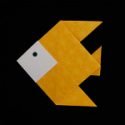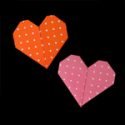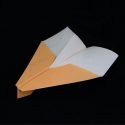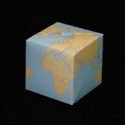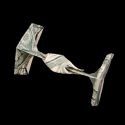Kirigami
Kirigami is similar to origami in that it is a form of paper art. The major difference is that in origami, you fold paper whereas in kirigami, you fold and cut paper.
In the United States, the term “kirigami” was coined by Florence Temko. She used the word kirigami in the title of her book, Kirigami, the Creative Art of Papercutting, 1962. The book was so successful that the word kirigami was accepted as the name for the art of paper cutting.
In Japan, the word kirigami had been in use for a long time because “kiru” means to cut, and “gami” means paper. So, kirigami meant to cut paper
Kirigami Paper Snowflakes
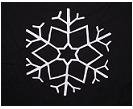
• learn how to make a paper snowflake
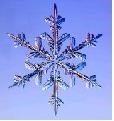

• make a kirigami flower
Beyond Simple Kirigami Snowflakes

Cutting paper snowflakes is fun, but if you don’t want to use scissors, you don’t have to. Computer software experts have now made it possible to make e-snowflakes. It’s not the same as good old “arts & crafts”, but it’s worth a try nevertheless.
• Cut Snowflake HTML5 Canvas app by Dan
• cut virtual paper applet by Kevin
Kirigami Tips for Success
- Practice and experiment with different designs. You need to do it to get an idea of what looks nice and what looks basic. Sit down, try it, and experiment. That’s the best way.
- Use thin paper. Folded layers of paper become thick and difficult to cut. Thin paper, like origami paper is easier to cut and therefore will allow you to make detailed designs.
- Fold the paper differently to change the symmetry. You can have
* 4-fold symmetry (fold in half and then half again),
* 6-fold symmetry (fold in half, then into thirds),
* 8-fold symmetry (fold in half, then into quarters),
* 12-fold symmetry (fold in half, then into thirds, and then fold in half again). At this level, thin paper is a must.Keep in mind that real snowflakes have a six-fold symmetry and sometimes a 12-fold symmetry. If you fold the paper into four or eight sections, it shouldn’t be called a snowflake anymore. - Make lots of small cuts instead of a few large cuts. More cuts will give a more lacier look.
- Make long cuts that go deep towards the other side of the paper. This will give you an elegant design instead of the chunky kindergartener look. Be careful though, too much cutting will cause the entire snowflake to fall apart.

- Bekah Gjerde‘s Flicker photos
- Kanako Yaguchi’s web site
- David C. Stredulinsky‘s web site
- GW Hart does modular kirigami
3D Kirigami and Origamic Architecture
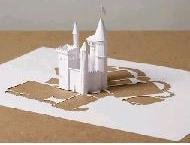
- see easy kirigami projects
- see complex kirigami called origamic-architecture
- go to home page
- Like us at facebook









